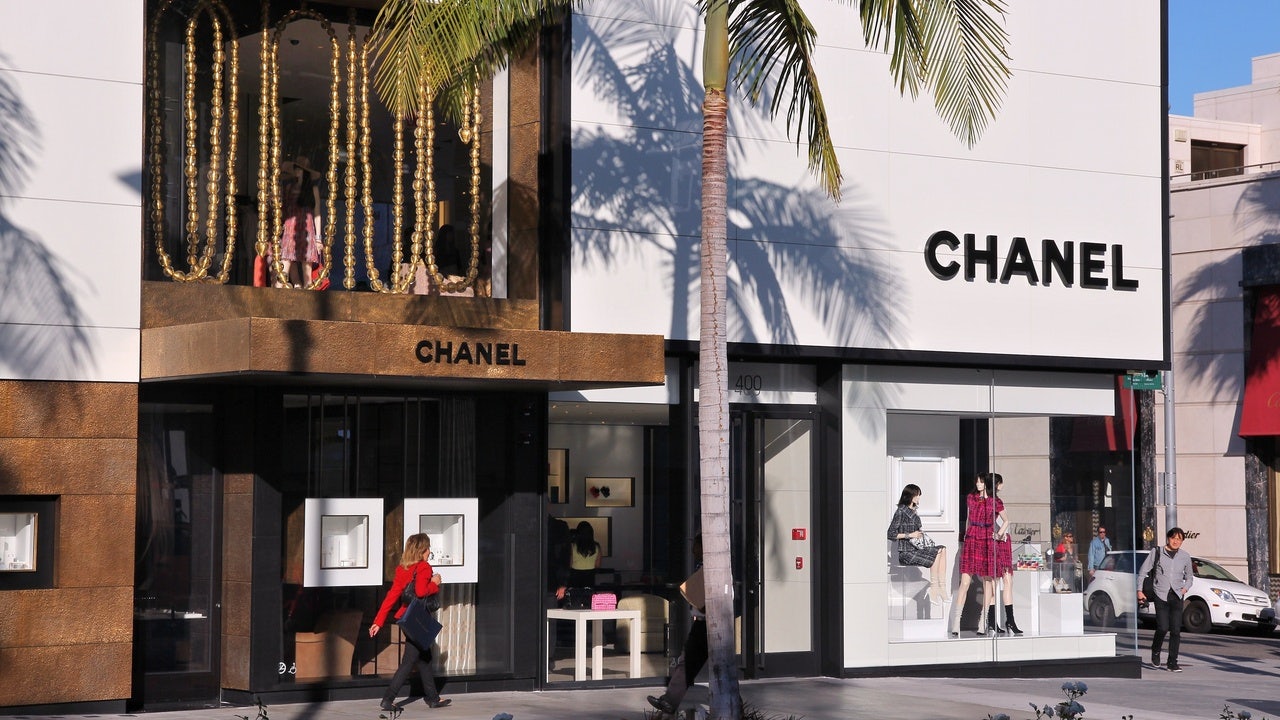Remember how luxury was predicted to recover by the end of 2022 or even 2023? Well, change your calendars because the industry could make its comeback as early as this year.
According to the latest Bain & Company report, released in collaboration with Fondazione Altagamma, the luxury sector roared back in the first quarter of 2021, up as much as one percentage point over 2019. This figure may not sound particularly impressive, but it marks a welcome change from the record drops in retail sales and bankruptcy filings from this time last year. Meanwhile, some of luxury’s biggest names, such as LVMH, Kering, and Hermès, have already surpassed pre-pandemic levels, with the market now set to reach 305-360 billion (€250-€295 billion) this year.
As expected, China helped drive this momentum with “continuous repatriation and an acceleration of domestic spending,” and online channels offered double-digit performances. But what has changed since 2020? From surprising bright spots to burgeoning trends, here are a few interesting findings from the report.
China’s boom masked the rest of Asia’s bust#
Luxury business in the Mainland was bullish in Q1, thanks to China's Year of the Ox celebrations. As the government encouraged people to stay close to home amid a resurgence of COVID-19 cases, customers redirected their spending from travel to local luxury purchases, with Shanghai and Beijing boasting the highest growth rates. Physical retail also played a crucial role, as younger generations flocked to stores while luxury houses rushed to develop a presence in the country’s duty-free haven, Hainan.
This standout performance, however, concealed an uneven recovery across the rest of the Asia Pacific. Although China benefited from its own shoppers, the negative impact from missing Chinese tourists in Japan and elsewhere was not offset by local spending. As Bain points out, Hong Kong is still suffering despite “good confidence in purchases from locals,” Macau and Taiwan are showing signs of recovery “yet not enough,” and South Korea is highly dependent on its “deeply challenged” duty-free channel.
American shoppers should not be ignored#
Once blasted for its clumsy response to the pandemic, the US has now become an “unexpected bright spot” for luxury in the West. Surprisingly, the country's luxury consumption bounced back quickly due to renewed consumer confidence, stimulus checks, vaccination campaigns, and robust business in “winter refugee” destinations like Texas and Florida. In fact, Bain foresees the rise of new shopping hubs as people move to the suburbs and an increased share of spending from ultra-high-net-worth individuals.
Secondhand luxury snags new buyers#
Despite the rise of platforms like The RealReal and Vestiaire Collective, some luxury names remain wary of selling secondhand items. However, this is a missed opportunity since this market is estimated to be worth 34 billion in 2020, up from 31.7 billion in 2019. Beyond promoting circularity, pre-owned luxury helps brand intercept “entry-level younger consumers who are mainly buying aspirational categories and products" as well as "top spenders and collectors who are searching for high-end or collectible products,” according to the consultancy.
Moreover, the growth of this segment mirrors an increasing consumer interest in sustainability and signals where luxury’s future is headed. Although quality and brand design still top the list of wants for consumers, Bain found that social commitments to sustainability and diversity have become more important than ever, particularly as people affirm their identities and values through their purchases. Sustainability could even be seen as “the new digital,” requiring brands to radically rethink their strategies or else risk falling behind, again.
Albeit promising, the luxury industry’s outlook remains uncertain, and the ability to rapidly innovate will determine who comes out on the other side of this crisis stronger. As report co-author Federica Levato says, “Winners will need to stay closely in touch with the key trends shaping the new normal lifestyle — all while remaining differentiated and creating a narrative that is true to their own culture.”


